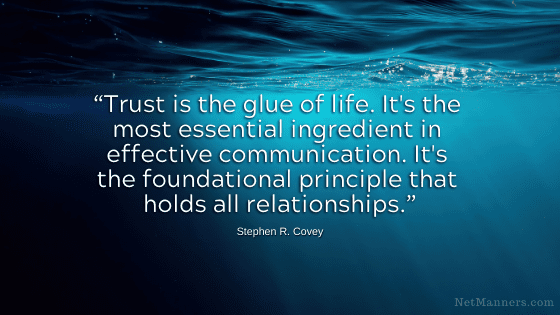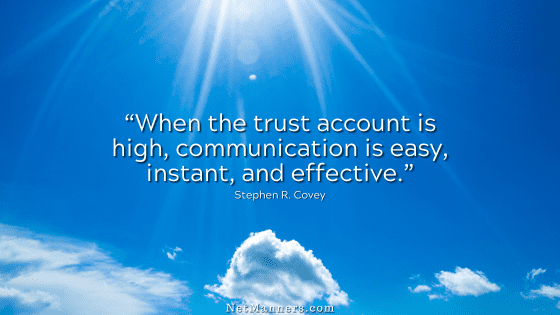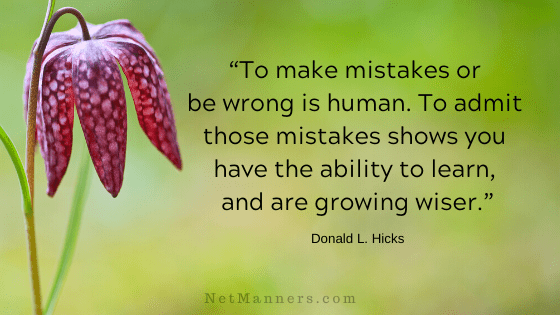Dr., Mr., Ms., Mrs., First Name, Last Name

If you are job hunting or want to communicate with those you do not know or have not met, addressing is very important. How you approach and address contacts you don’t know via email can make all the difference in how you will be perceived and give you the best chance for a response.
What is the proper way to address new contacts by email?
This all depends on your relationship and how well you know the person. For example, is the email personal or for business, and what is the situation?
If you do not know the contact well, always use the highest level of formality, Mr., Mrs., Ms., Dr., etc., to start. But, especially in business, you don’t want to get too informal too soon.
Formalities are in place for a reason. They reflect courtesy and respect for the other side.
The use of titles like Dr., Mr., Ms., or Mrs. in email depends on the formality of the relationship and the context of the communication. Here are some general guidelines:
Email Addressing Guidelines
You can tell when the other side is ready for a more relaxed tone by how they sign off their email or reply to you. Follow your contact’s lead, and you will never go wrong.
In casual or informal settings, you might use first names without titles. It’s essential to be aware of cultural and individual preferences, as some people may have specific preferences for how they prefer to be addressed. If in doubt, it’s often best to err on the side of formality until a more casual tone is established.
Don’t Take Liberties
Avoid assuming how names are spelled. For example, some who do not know me take a premature informal stance and address me as “Judy.” I’m “Judith.” Those who do know me know I am “Judi.”
If you knew me well enough to be less formal, you would know this. But then, some continued to email me as “Judy” without noticing that I did not spell my name that way.
What do you think that says about their attention to detail? Always make sure that you spell your contact’s names correctly. Spelling names properly reflect that you are paying attention, which is also a common courtesy.
Are you a bot?
You also want to avoid the first name and last name trap. There are software programs that will insert names for you. When I get addressed as “Dear FirstName LastName,” I know an automated process is involved, and the message is not genuinely personalized.
Who talks like that? Nobody in the real world addresses you by your first and last names.
Addressing your contacts will set the tone and level of respect and formality. In addition, how you do so will contribute to the perception of your professionalism, attention to detail, and communication skills—all of which can help build positive relationships.






